Dual Axis Tracking
Solar tracking systems such as those found on telescopes or classical solar panel tracking systems are ubiquitous. The math required to use GPS location and time to accurately track stellar objects is a very mature body of science. Telescope mounts with computerized star tracking can be purchased starting around $700.
The common pattern, however, is as the weight of the payload increases, the cost of the automation system for tracking grows extremely rapidly. For example, typical tracking equipment that can thrust the weight of the LEMA™ Water would cost thousands of dollars. We can make our tracking hardware for less than $1K.
This is because our motion geometry is unique. We employ a two triangle motion system that is very unusual. Historically, dual axis tracking systems are based on an Azimuth/Altitude mount or a German Equatorial Mount. An Az/Alt mount has a large load bearing axis around the base which allows it to pivot 360 degrees around its mount. The second axis controls the payload’s pointing elevation off the horizon. A German Equatorial Mount has three axes of motion and it typically used for telescopes. Although the tracking motion of a German Equatorial mount has advantages for following stars, the third axis of motion adds a lot of cost we wanted to avoid.
Our motion system shares the elevation axis with an Az/Alt mount. We call this the “season” axis of motion because this is the axis that changes the most through the seasons as the sun’s relative height off the horizon changes. But rather than following an Az/Alt mount and having a rotation axis around the base which would bear the whole load of the system, we make another smaller triangular thruster with an identical linear motor. This limits the pointing range a bit when compared to an Az/Alt mount but it’s much cheaper to build.
The LEMA™ two triangle motion system allows us to build two identical, low cost linear motors. In high volume manufacturing it’s important to reduce the number of different parts and our design does just that.
The high accuracy aspect of the design is realized by a very carefully selected set of motion hardware components and vendors. The parts combined allow LEMA™ to change the mirror’s pointing vector by tiny fractions of a degree. A combination of a high quality stepper motor coupled to a high torque planetary gearbox, a precision lead screw, outdoor rated linear bearings and a custom designed control computer running specialized tracking software all work together to achieve our precision, low cost motion system.



